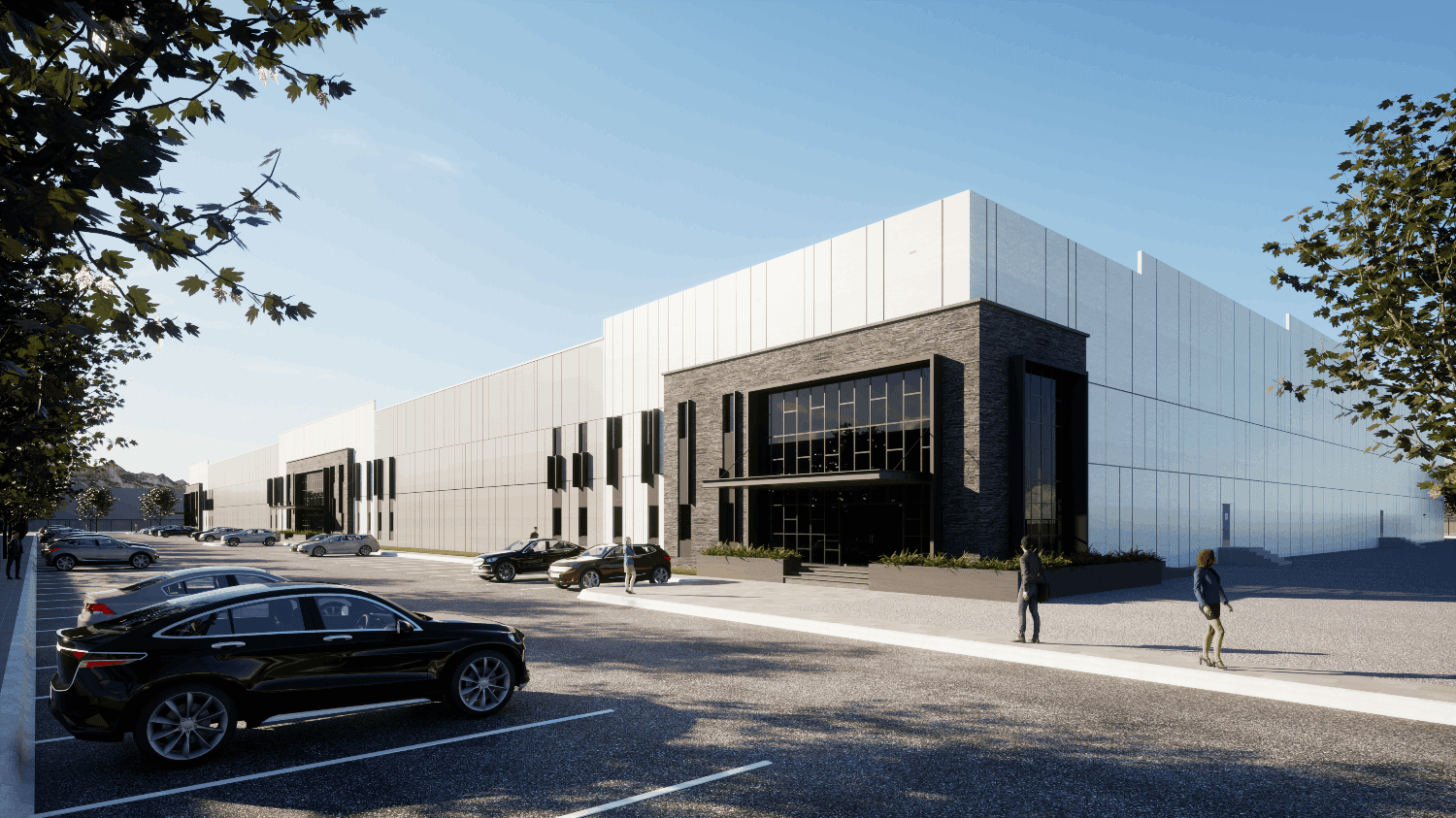
General description
FINSA Multi VI Tijuana Noreste
This project is the third prototype within FINSA's Volume Version 4 program, designed to create a positive impact on the built environment.
The industrial warehouse reflects FINSA's commitment to sustainability and innovation in industrial development.

Company

About FINSA
FINSA, a leader in the development of real estate and industrial projects, manages one of the largest portfolios in Latin America.
In its commitment to sustainability, FINSA has decided to enroll in the LEED Volume Certification program, implementing best practices and procedures to develop high-performance multitenant buildings.
Project
Project strategies
• The project implemented various strategies to maximize energy savings, such as the use of skylights, efficient windows and materials in the building envelope.
• In terms of water consumption, low-consumption bathroom fixtures were installed, achieving a 46.97% reduction in interior use, and a xerophilic landscape was designed to eliminate exterior water consumption.
• Concrete waste was reused as backfill in tuff mines in another project, while wood, metal, cardboard and plastic were recycled.
• In addition, all tenants have access to design and construction guides, which facilitates knowledge of the construction process and promotes the adoption of sustainable practices.
• The project's security booth is designed to maintain high indoor air quality, and the use of efficient vehicles is encouraged through the allocation of preferential parking spaces for low-emission vehicles.
• The project was overseen by a LEED Accredited Professional to facilitate the application and certification process.

Challenges

The Challenges
The project faces the difficulty of managing construction and demolition waste in Tijuana, a city with significant construction and demolition waste management challenges. The main difficulty is to divert this waste from the landfill to reduce the environmental impact of the project.
Solution

As part of the solution...
alternatives were sought to divert waste from the landfill, prioritizing its reuse in other projects. This made it possible to increase the amount of waste diverted and reduce the environmental impact as much as possible.
